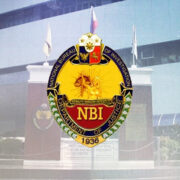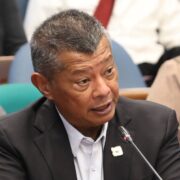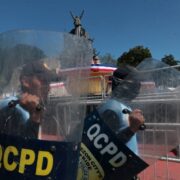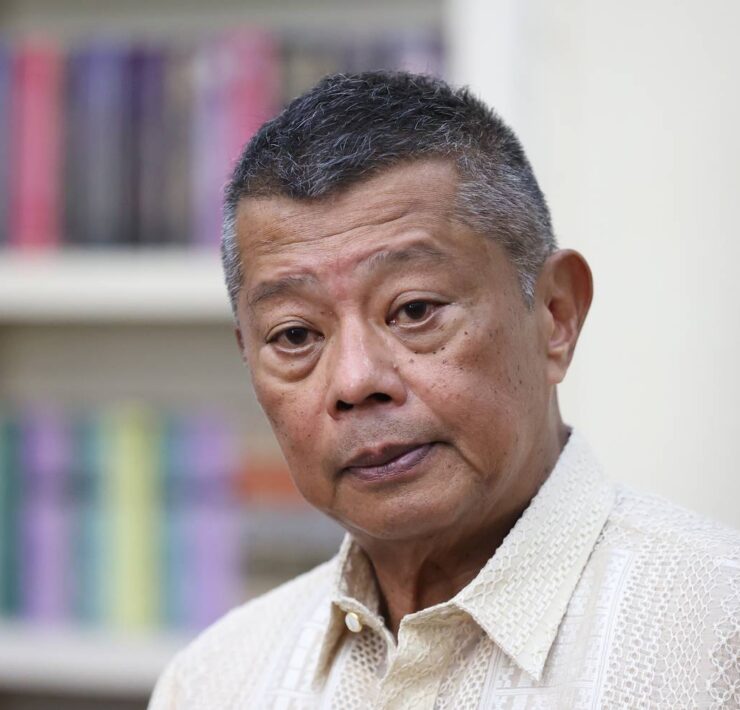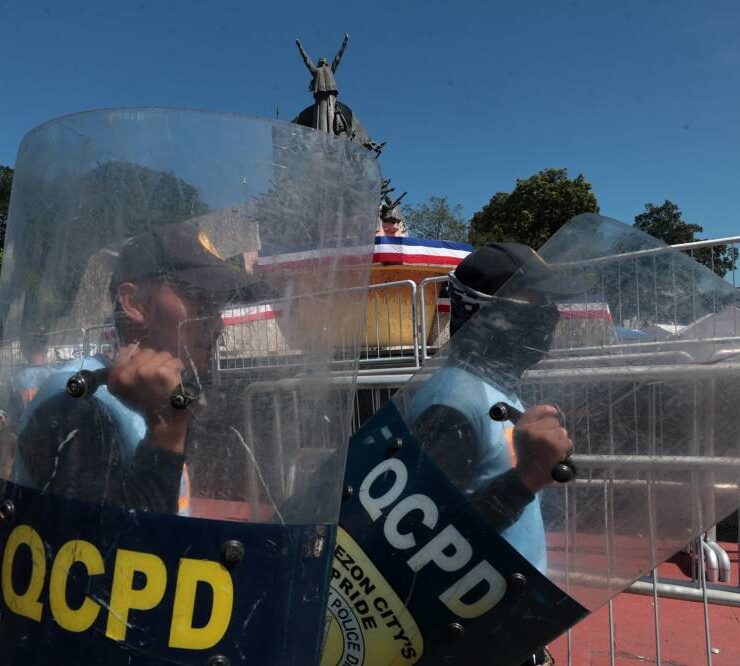FPJ films, Romero classic earn Unesco honors

Two pioneering achievements in Philippine cinema were honored at the recent Manila launch of United Nations Educational, Scientific and Cultural Organization (Unesco) Philippines’ Memory of the World (MoW) documentary heritage program.
These are Eddie Romero’s classic film “Ganito Kami Noon, Paano Kayo Ngayon?” and The FPJ Film Collection.
“Together with seven other significant documents like books and ancient syllabaries, the films show the significance of cinematic heritage in enriching the country’s historical memory to overcome the growing amnesia slowly gripping our collective understanding of Filipino identity,” the Department of Foreign Affairs (DFA) said in a statement.
It noted that while thousands of films were released during Philippine cinema’s golden heydays, only a fraction remain accessible today.
Although the Film Development Council of the Philippines institutionalized its archives in the early 2010s, the DFA added that the century between the first Filipino-produced film and the establishment of a national archive resulted in countless reels deteriorating or getting lost forever.
“A handful of Filipino film negatives have survived through international collections or private initiatives of local collectors and organizations,” the DFA said.
Film classics
“Ganito Kami Noon, Paano Kayo Ngayon?,” a film classic chronicling Filipino identity during the epochal birth of the Philippine nation, and 168 films of the late National Artist Fernando Poe Jr. (FPJ), which his family established and archived, are part of the MoW’s National Register.
“We have put in a lot of effort to maintain it, and we are grateful that the Unesco, through Professor Nick Deocampo, has recognized the significance of the FPJ Film Archives and is now committed to ensuring that that this legacy of my father to the Filipino people remains protected, remembered, and passed on to future generations,” Sen. Grace Poe, FPJ’s daughter, said.
Dubbed the “King of Philipine Movies,” FPJ’s films became the cinematic chronicles of the travails of the Filipino working class. Many identified with his portrayal of a man fighting the forces of oppression, and found vicarious joy in his character’s ability to attain justice.
Poe said many of FPJ’s movies, including those he produced, came at a crucial historical juncture when the country was recovering from the devastating effects of World War II, political uncertainties, social inequality, injustice and poverty.
Philippine collections
Unesco established the MoW Program in 1992 to promote the preservation of and universal access to the documentary heritage of humanity.
The MoW Program lists some of humanity’s most historically and culturally significant documents by preserving and protecting access to recorded knowledge from all over the world. It also lists invaluable archive holdings and library collections.
Unesco, through MoW, assists countries in developing safeguarding policies and provides training and funding to memory institutions for the digitization of their collections. It also works with educational bodies to integrate preserved collections into school curricula, ensuring their transmission to future generations.
The program is implemented through a system of committees operating at international, regional, and national levels.
In the International Register, the Philippines is represented by the Presidential Papers of Manuel L. Quezon, the Radio Broadcast of the People Power Revolution, the Jose Maceda Collection (musical archive and field notes) and the Philippine Paleographs (ancient syllabary etched on bamboo).
In the Asia-Pacific Regional Register, three significant entries showcase the country’s historical and oral traditions: the Culion Leprosy Archives, Doctrina Christiana (printed in 1593, one of the earliest books in the Philippines) and the Hinilawod Epic Chant Recordings. —WITH A REPORT FROM INQUIRER RESEARCH
Sources: unesco.org, unesco.gov.ph




